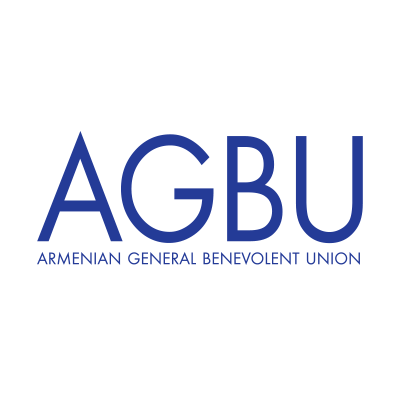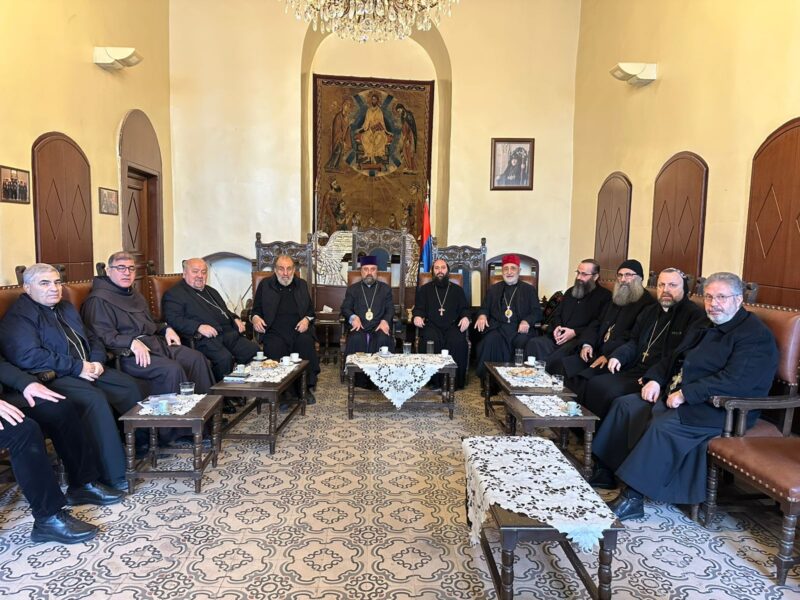WATERTOWN — Syrian Armenians and other Christians face a situation of uncertainty after the Sunni Islamist organization Hayat Tahrir al-Sham (HTS; Organization for the Liberation of the Levant) overthrew the Assad regime and took control of Damascus on December 8 last year. Bishop Armash Nalbandian, the Primate of the Armenian Diocese of Damascus, has been a prominent voice for local Armenians, meeting with HTS officials and giving interviews to prominent German, British, Turkish, Armenian and other international media outlets over the last few weeks about the changes taking place. He gave an interview on January 3 to the Mirror-Spectator.

Bishop Nalbandian is a native of Aleppo who went to Armenia to study at the Gevorkian Theological Seminary. Afterwards, he served as a pastor to the Armenian community in Germany but he returned to Syria in 2004, where he was elected as Primate in Damascus.

Armenians have lived in Syria for several millennia, but a majority of the current community is formed of descendants of survivors of the Armenian Genocide. Civil war in Syria from 2011 until 2019, followed by Covid, and poor economic conditions, led to the shrinking of the community, from a peak of 80-100,000 to what many estimate as low as 20,000 currently, with many emigrating to Armenia, the United States, Europe, Australia and elsewhere.
In Damascus, Nalbandian said that based on the numbers of school children in Armenian schools and the registered visits of priests to homes for blessing ceremonies, there are at present around 750 Armenian families and a community of around 2,500-3,000.
After the collapse of the Assad regime, some Syrian Armenians left their homes, with many going to the Syrian coastal regions, like Latakia, or Beirut, Lebanon. When they saw that the situation in Aleppo and Damascus did not appear dangerous, they returned. Nalbandian concluded, “I would say there is not a huge [new] wave of emigration of Armenians from Syria so far.”
Crackdown on Assad Regime’s Supporters














